Jannatul Baqi, meaning “Garden of Heaven” (Arabic: جنة البقيع), is the main cemetery of Madinah. Buried here are many members of the Prophet’s (ﷺ) close family, around ten thousand of his companions (Sahabah) and many prominent, pious personalities.
- Aisha (رضي الله عنها) reported (that whenever it was her turn for the Prophet (ﷺ) to spend the night with her) he would go out towards the end of the night to al-Baqi and say: “Peace be upon you, abode of a people who are believers. What you were promised would come to you tomorrow, you receiving it after some delay; and God willing we shall join you. O Allah, grant forgiveness to the inhabitants of Baqi al-Gharqad.” [Muslim]
- Baqi means the land in which the roots of different trees are embedded, Gharqad is the name of a thorny tree (Boxthorn) which were abundant in Baqi. Hence the cemetery also came to be known as Baqi al-Gharqad.
- The first person to be buried in al-Baqi was As’ad Bin Zararah (رضي الله عنه), an Ansari companion who died soon after the Prophet ‘s (ﷺ) migration to Madinah. The Prophet (ﷺ) chose the spot to be a cemetery. The first of the Muhajirun (Emigrants) to be buried there was Uthman bin Mazoun (رضي الله عنه) who died shortly after the Prophet (ﷺ) returned from the Battle of Badr.
Some of the blessed personalities resting in Jannatul Baqi are:
- The aunts of the Prophet (ﷺ), Safiyyah bint Abdul Muttalib and her sister Aatikah (رضي الله عنهم)
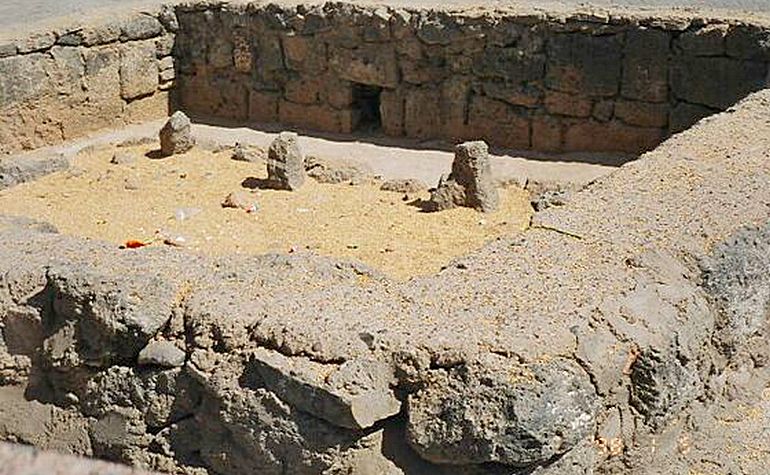

- Relatives of the Prophet (ﷺ), Abdullah bin Jafar and Aqeel bin Abi Talib (رضي الله عنهم)
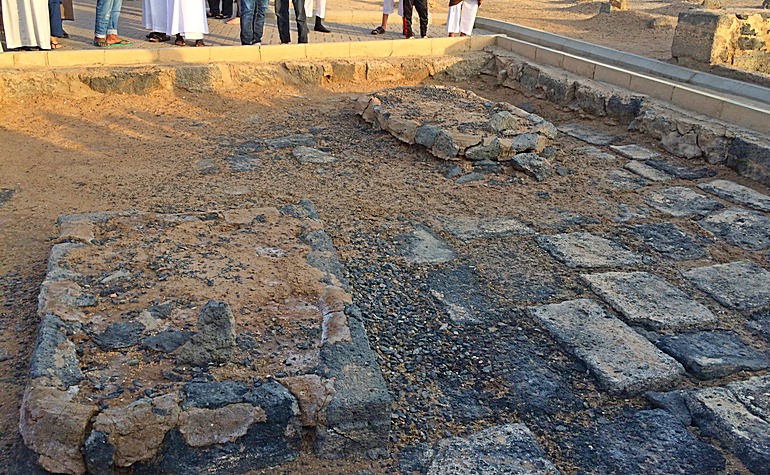

- The wives of the Prophet (ﷺ), also known as the Mothers of the Believers. They are Aisha bint Abu Bakr, Sauda bint Zamaa, Hafsa bint Umar, Zainab bint Khuzaymah, Juwairiya bint Harith, Umm Habibah bint Abu Sufyan, Safiyyah bint Hayy al Akhtab, Zainab bint Jahash, Umme Salamah bint Abu Umama (رضي الله عنهم). The two wives that are not buried here are Khadijah bint Khuwaylid (رضي الله عنها) who is buried in Makkah and Maymuna bint al-Harith (رضي الله عنها) who is buried in Sarif.
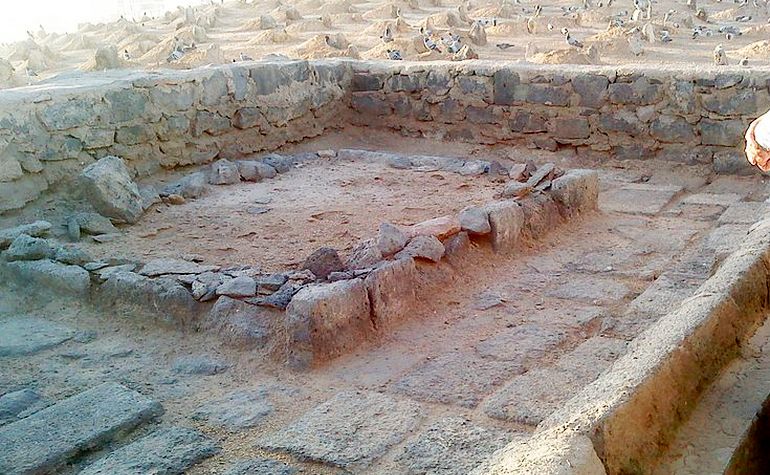

- The daughters of the Prophet (ﷺ), Fatima, Ruqayyah, Zainab and Umme Kulthum (رضي الله عنهم)
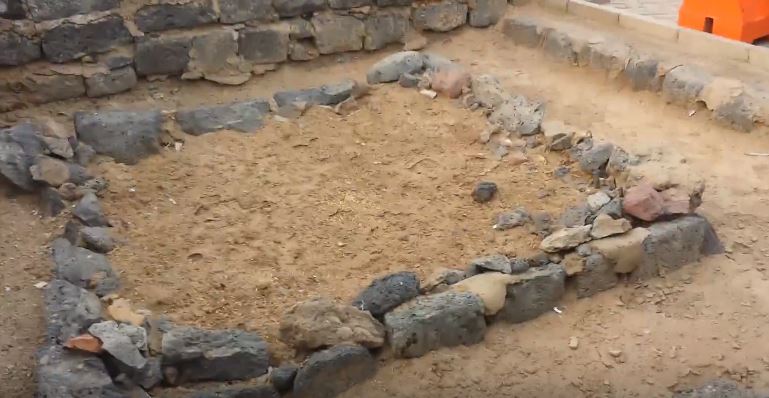

- Other close family members of the Prophet (ﷺ) buried in Jannatul Baqi include his uncle Abbas bin Abdul Muttalib, Hasan bin Ali bin Abi Taleb, Zainul Abideen bin Husain bin Ali, Muhammad al-Baqir bin Zainul Abideen and Jafar bin Muhammad al-Baqir (رضي الله عنهم). They are buried close together along with Fatima (رضي الله عنها).
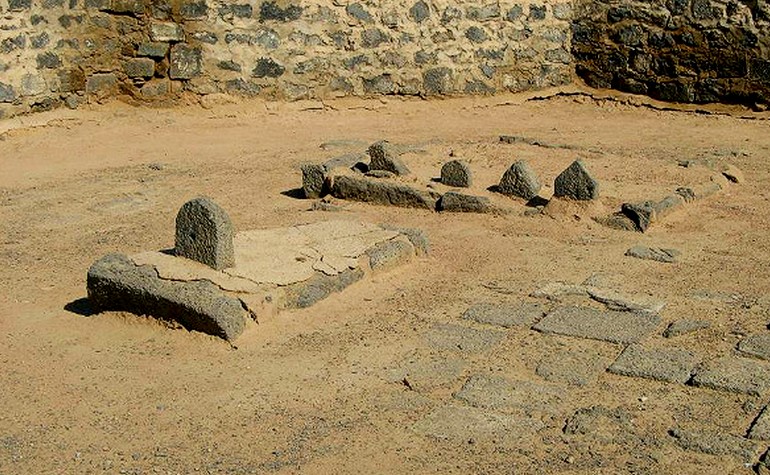

- Imam Malik and his teacher Imam Nafi’ bin Abi Nu’aym (رضي الله عنهم)
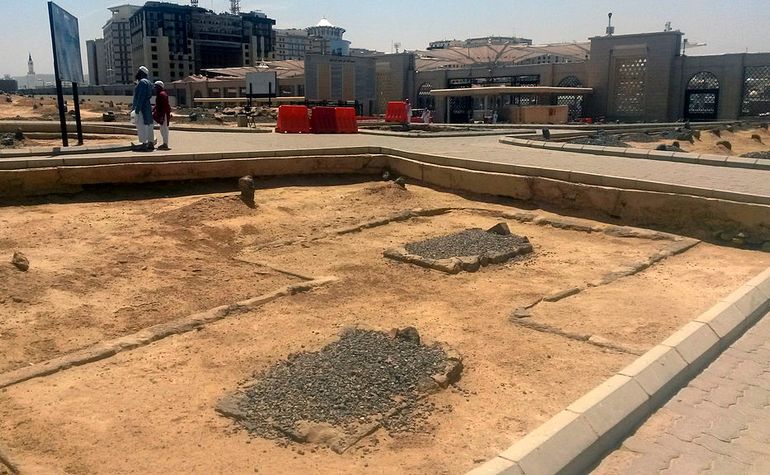

- Ebrahim (رضي الله عنه), the infant son of the Prophet (ﷺ) by Maria al-Qibtiyya (رضي الله عنها)
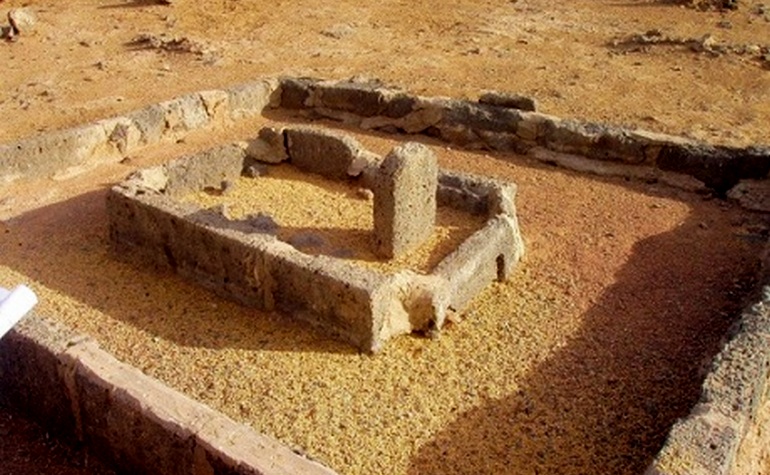

- The martyrs of the Battle of Harrah. This was a battle fought in 683 CE against the armies of Yazeed bin Muawiyah by the army of Abdullah bin Zubair (رضي الله عنه) and his allies in order to defend Madinah. This battle happened after the demise of the Prophet (ﷺ).
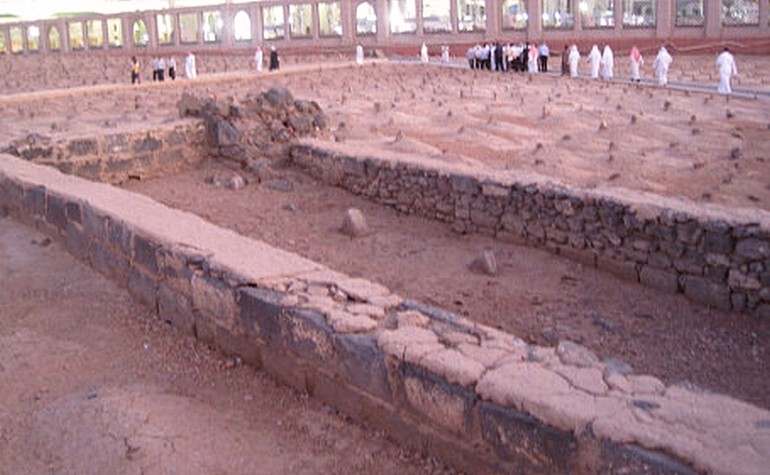

- Uthman (رضي الله عنه), the third Caliph and son-in-law of the Prophet (ﷺ). He died in 656 AH.
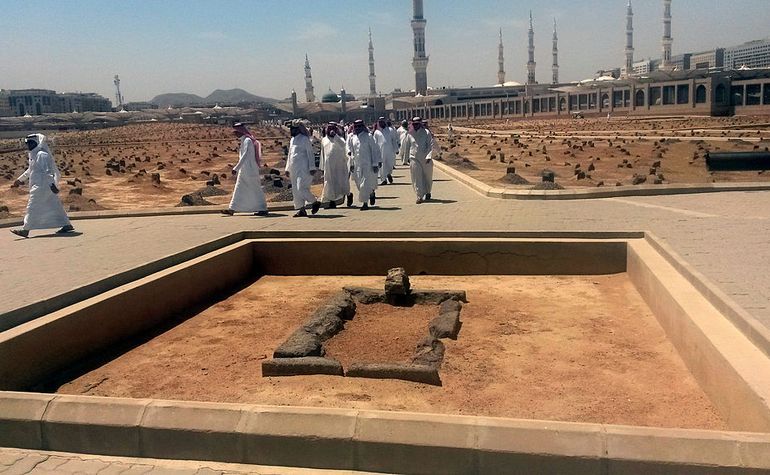

- Haleemah Sa’diya, the wet-nurse of the Prophet (ﷺ)
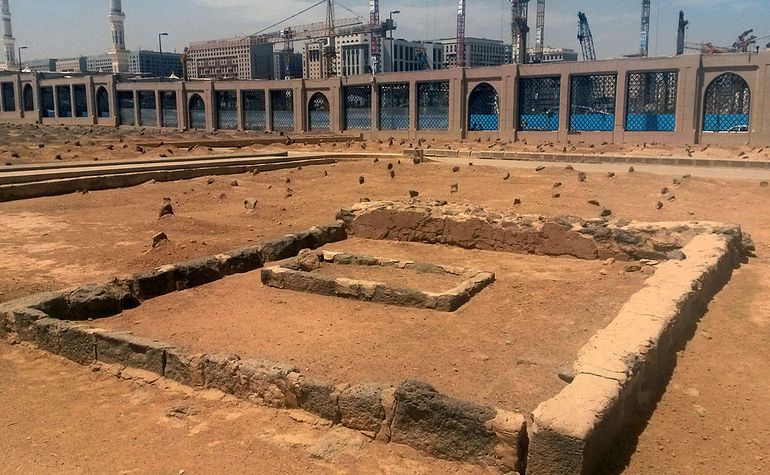

- There are many other companions of the Prophet (ﷺ) buried in unmarked graves in Jannatul Baqi. These include Sa’ad bin Abi Waqqas, Abdur-Rehman bin Auf, Abdullah bin Mas’ood, Arqam bin Arqam, Abu Sufyan bin Harb, Hakeem bin Hizam, Hassan bin Thabit, Ka’ab bin Malik, Muhammad bin Maslamah, Miqdad bin Aswad, Ubai bin Ka’ab, Sohaib Rumi and Usama bin Zaid (رضي الله عنهم). Abu Saeed Khudri and Sa’ad bin Mu’adh (رضي الله عنهم) are buried within the small structure below:
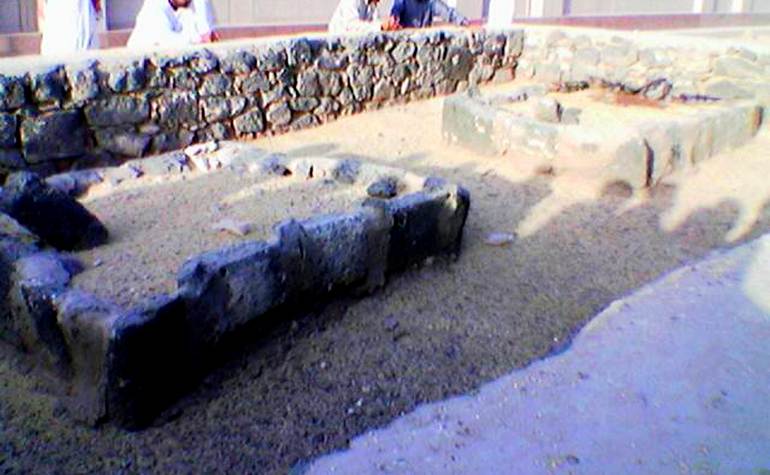

- The Prophet (ﷺ) said, “On the day of Qiyamah my grave shall be opened first and I shall step forth. Then shall Abu Bakr (رضي الله عنه) step forth and then Umar (رضي الله عنه). Then shall I proceed to Baqi and take all its inmates with me. Then shall we await the inmates of the graveyard of Makkah, who shall meet me halfway between Makkah and Madinah.” [Tirmidhi]
- During different times of history many domes and structures were built or rebuilt over many famous graves in Al-Baqi in order to identify the inhabitants. On April 21, 1925, mausoleums, domes and structures in Jannatul Baqi were demolished by the order of King Abdul Aziz Al Saud with the objective of complying with the hadith of the Prophet (ﷺ) to not cover or build structures over any grave and to prevent people from seeking help from the dead.
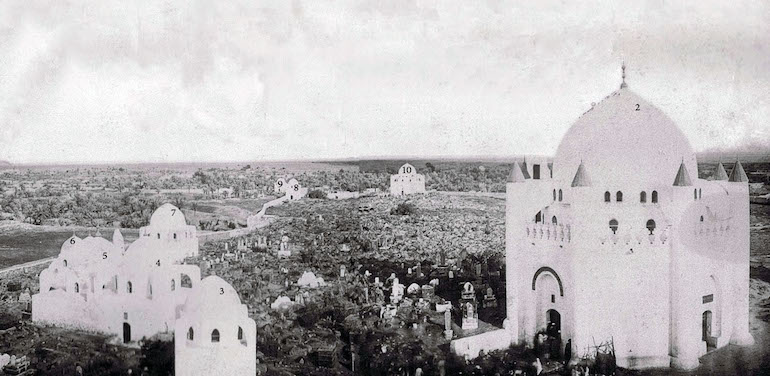

- It is virtuous to visit Jannatul Baqi (preferably on a Friday) and supplicate to Allah (ﷻ) for all those buried in its noble earth.
Infographic of Jannatul Baqi:
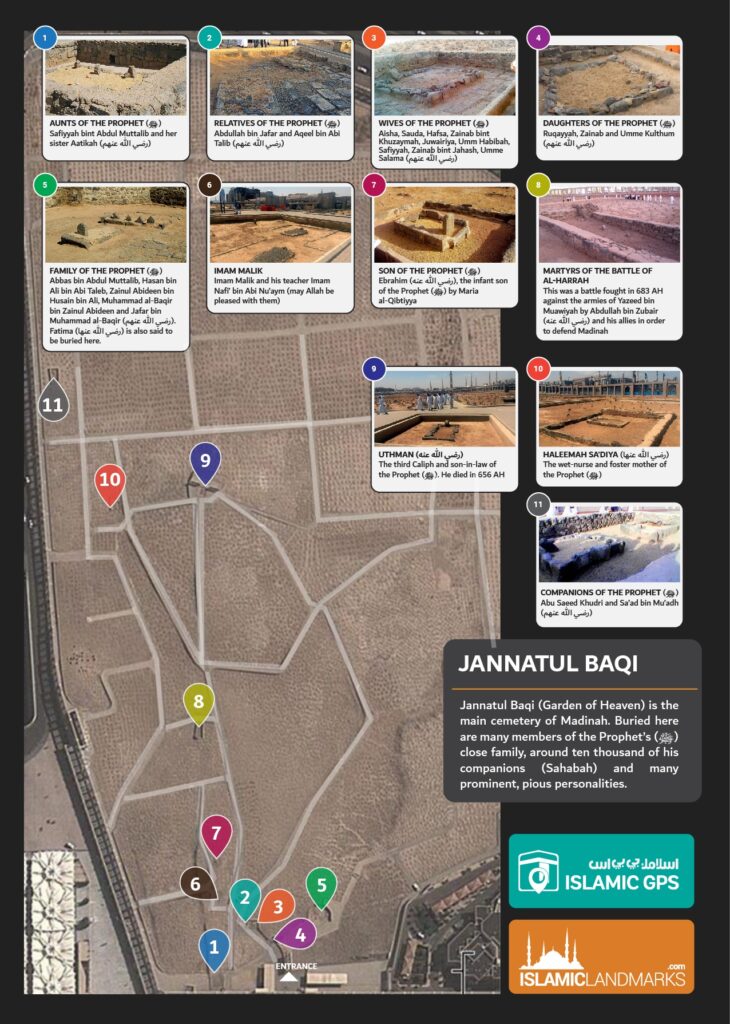

References: History of Madinah Munawwarah – Dr. Muhammad Ilyas Abdul Ghani, Wikipedia, Virtues of Hajj – Sheikh Muhammad Zakariyya Kandhalvi, Jannatul Baqie – Abu Tariq Hijazi

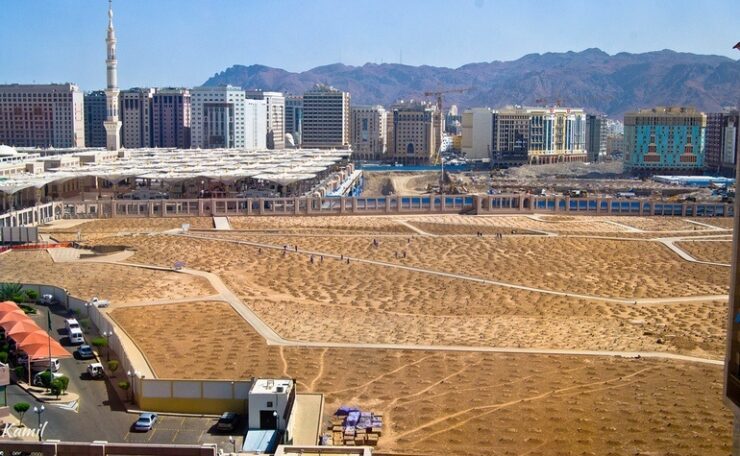








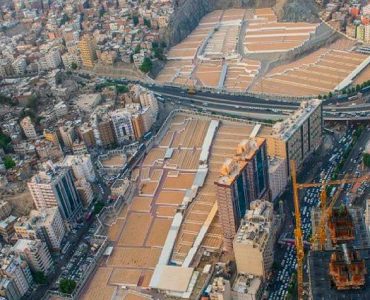

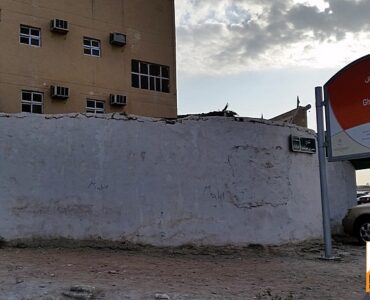
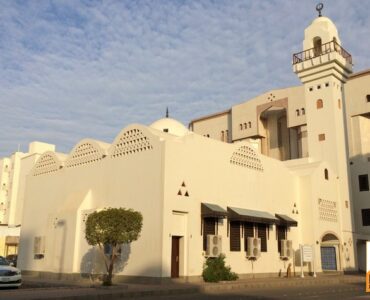
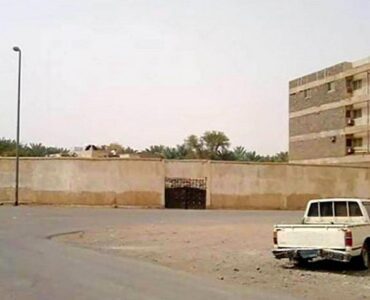
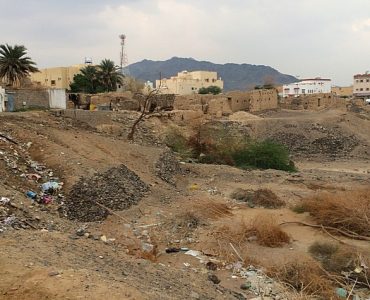

[…] Baqi (Garden of Heaven) is the main cemetery of Madinah. There is agrave yard nearby in which most of The wives of the Prophet (ﷺ), also known as the Mothers of the […]